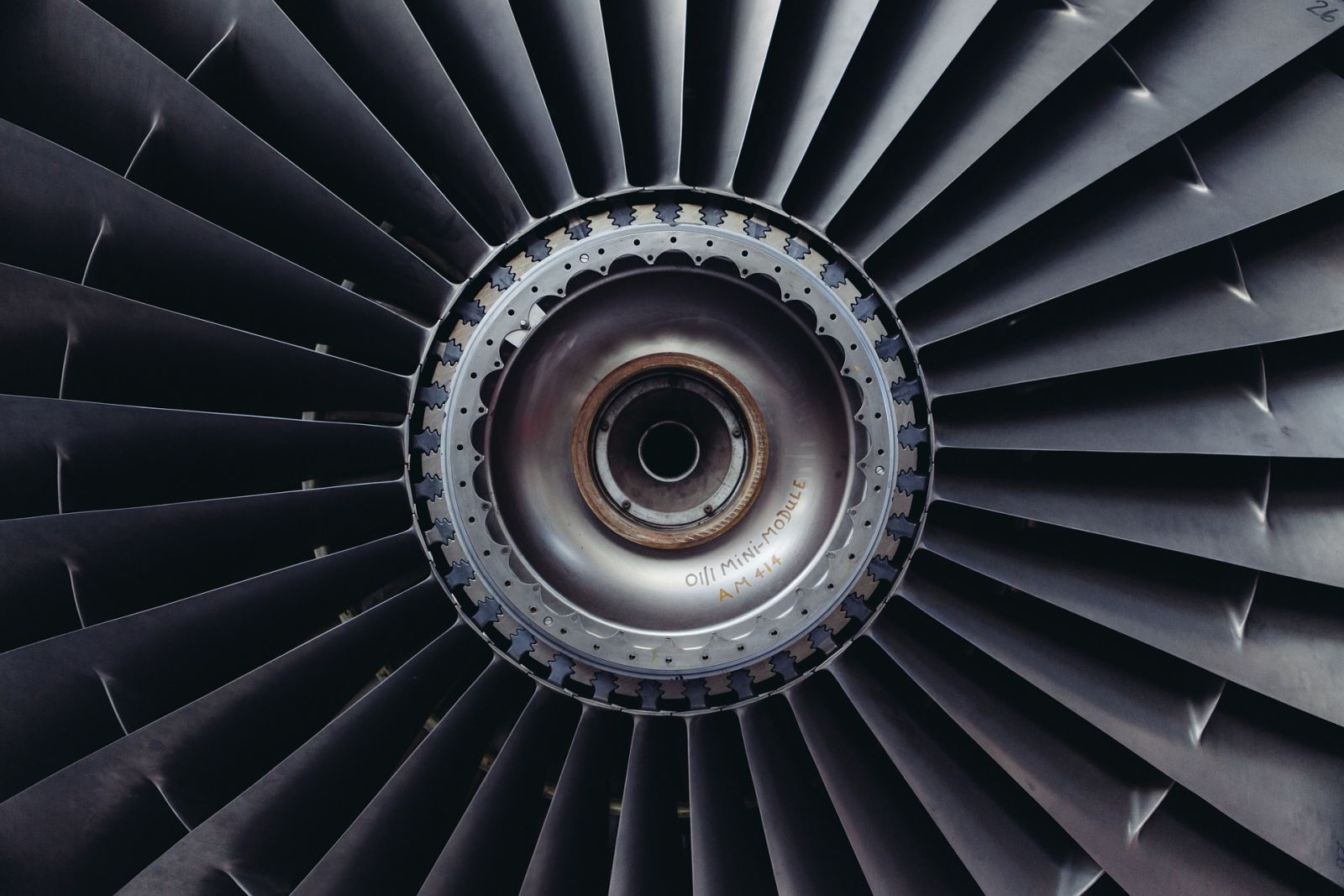
There is little doubt that airlines all over the world struggled to cope when demand roared back after the pandemic. A shortage of new planes, caused by supply chain issues, led to airlines spending more on maintenance and repairs than ever before, as they were forced to keep their existing aircraft in the air for longer.
But the airlines’ problems have been a boon for the $110 billion industry that keeps the world’s aircraft in the skies. Let me explain…
Demand Soars for Airplane Maintenance
Historically, maintenance spending has accounted for 8% to 10% of an airline’s cost to keep flying. However, this year, the aerospace consultancy Aerodynamic Advisory estimates that the world’s airlines would spend more than $110 billion on maintenance, including labor and material, or about 14% of airlines’ total revenues. That was the highest percentage Aerodynamic Advisory had ever recorded.
And according to a recent research note from Jefferies, three of the major U.S. airlines - American Airlines (AAL), Delta Air Lines (DAL), and United Airlines (UAL) - spent a whopping $2.2 billion on maintenance in the third quarter, a 45% increase from the same period in 2019, before the pandemic. Trailing 12-month spend by these airlines was tracking 38% above 2019 levels.
The head of the Aerodynamic Advisory, Kevin Michaels, pointed out three contributing factors behind these soaring costs to the Financial Times.
First, airlines are investing in discretionary maintenance that had been deferred during the pandemic. Second, older aircraft - due for retirement currently - have to fly longer than expected, given the issues with new generations of engines, as well as supply chain constraints. Finally, general inflationary pressures, coupled with a lack of skilled labor, has pushed up the cost of labor and parts.
Michaels said, “this is the first time we’ve had a supply chain crisis that is really impacting the whole after-market in maintenance, repair and overhaul (MRO). It’s new territory.”
In addition, airlines historically have resisted buying spare parts from anyone but the original equipment manufacturers (OEMs). But that is changing rapidly.
All of this is music to the ears of the companies in the maintenance, repair, and overhaul (MRO) industry. Let’s take a closer look at one of them.
Heico: A Never-Seen-Before Environment
One such company is Heico (HEI). It is the largest independent producer and supplier of replacement parts for aircraft, and also produces niche subcomponents for defense products.
Its products and components are similar to those produced by the original equipment manufacturers, like General Electric (GE). In effect, Heico offers generic airplane parts that are sold about 30% to 40% below what the OEMs charge.
After its latest earnings report in late August, Chairman and CEO Laurans Mendelson said, “We are very pleased to report record quarterly consolidated net sales at both the Flight Support Group and the Electronic Technologies Group. These results reflect 12% consolidated organic growth in our net sales principally arising from a continued strong demand for our commercial aerospace products and services.”
The company reported record sales of $722.9 million in the third quarter ended July 31, while operating income jumped 16% to $149.4 million. About 75% of the year-over-year improvement in operating income before corporate expenses was via the Flight Support Group segment, and Heico is expanding this area with the acquisition of Wencor Group.
In early August, Heico completed the acquisition of Wencor Group from affiliates of Warburg Pincus and Wencor's management for $1.9 billion in cash and $150 million in Heico Class A common stock. The transaction was Heico's largest ever, with Wencor being about a quarter of Heico’s size.
Wencor is a large commercial and military aircraft aftermarket company offering factory-new, FAA-approved aircraft replacement parts, value-added distribution of high-use commercial & military aftermarket parts, and aircraft & engine accessory component repair and overhaul services. Its parts and repairs are found in hydraulic, pneumatic, electronic and electro-mechanical, cockpit and galley systems throughout numerous aircraft models.
Heico’s Future Glide Path
So, what comes next for Heico?
I expect conditions in the airplane maintenance market to remain tight for quite some time, thanks to a lack of skilled workers and the limited availability of parts. The supply chain problems will still be with us for another two to three years at the least, while demand from airlines globally will not go down.
Looking specifically at Heico, it independently develops replacement parts for highly complex aircraft components — the juiciest market segment in aerospace, with a fraction of the required research and development that OEMs spend.
And Heico's components for defense products are highly integrated into complex systems, which makes their replacement or substitution difficult and unlikely.
Add it all up, and this sets up almost perfect “flying” conditions for Heico. Buy it in the $155 to $168 range.








